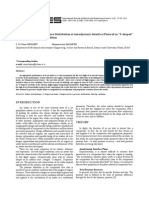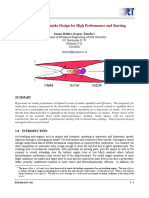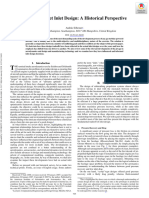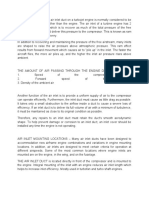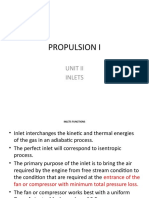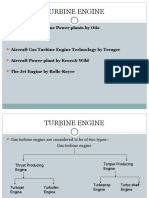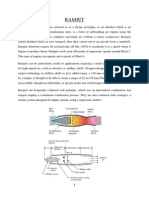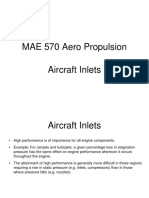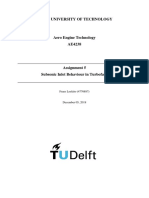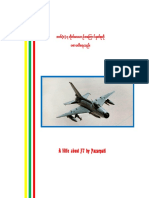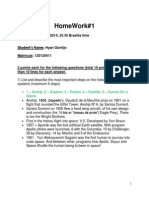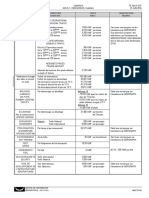0% found this document useful (0 votes)
9 views17 pagesInlets - Notes
The document discusses the role of air intakes and engine inlet ducts in air-breathing propulsion systems, emphasizing the need for maximum thrust and minimum drag. It details the design considerations for subsonic and supersonic intakes, including their performance characteristics and types, such as podded, integrated, and flush intakes. The document also covers the complexities of supersonic intakes, including shock wave management and the importance of maintaining efficient airflow under varying flight conditions.
Uploaded by
srushtimokashi1414Copyright
© © All Rights Reserved
We take content rights seriously. If you suspect this is your content, claim it here.
Available Formats
Download as PDF, TXT or read online on Scribd
0% found this document useful (0 votes)
9 views17 pagesInlets - Notes
The document discusses the role of air intakes and engine inlet ducts in air-breathing propulsion systems, emphasizing the need for maximum thrust and minimum drag. It details the design considerations for subsonic and supersonic intakes, including their performance characteristics and types, such as podded, integrated, and flush intakes. The document also covers the complexities of supersonic intakes, including shock wave management and the importance of maintaining efficient airflow under varying flight conditions.
Uploaded by
srushtimokashi1414Copyright
© © All Rights Reserved
We take content rights seriously. If you suspect this is your content, claim it here.
Available Formats
Download as PDF, TXT or read online on Scribd
/ 17















